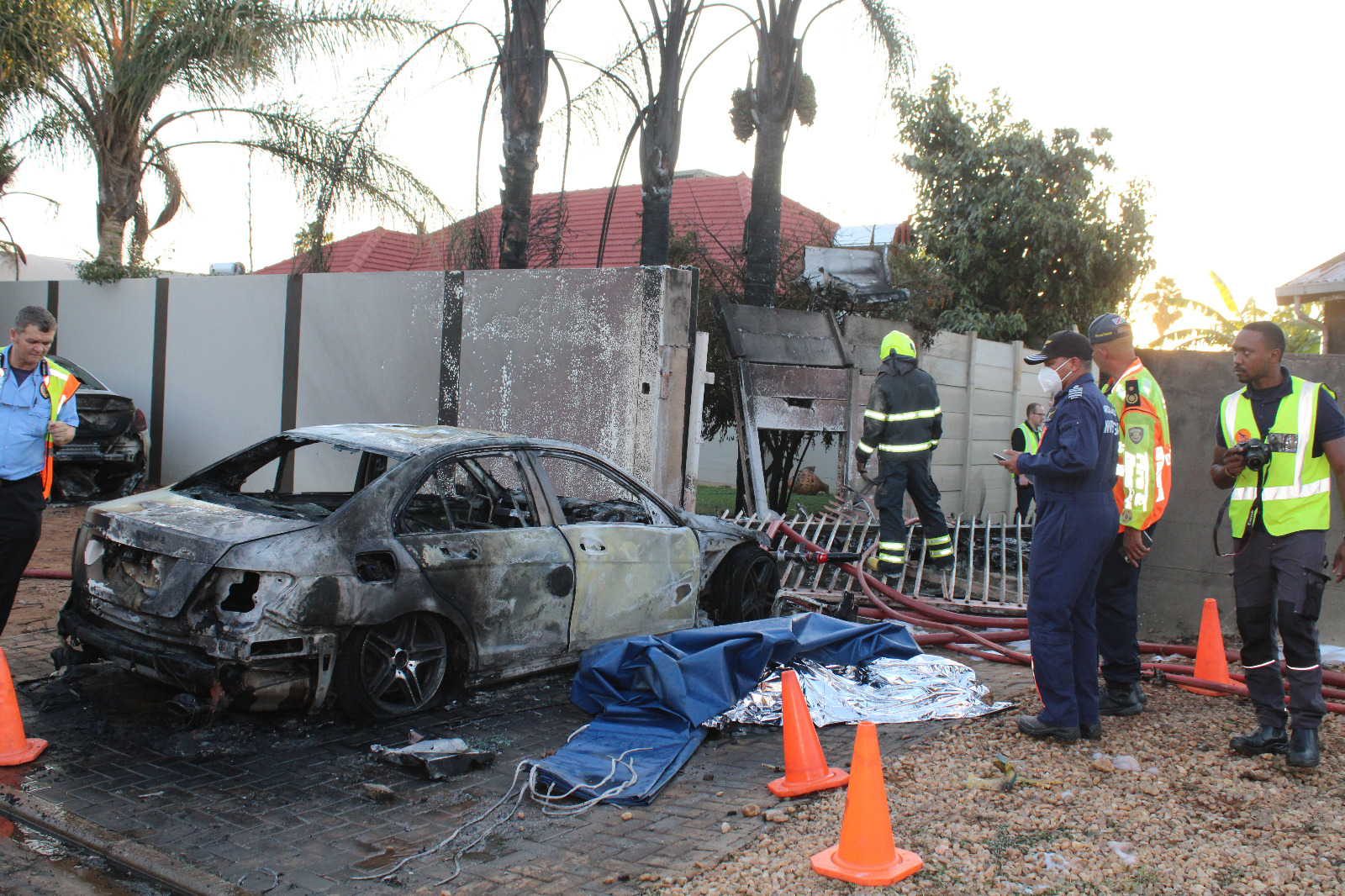IF the illegal squatters in Okahandja’s Vergenoeg do not move, there will be financial consequences on the Windhoek-Okahandja highway, the Roads Authority says.
Up to 5 000 residents of the Vergenoeg informal settlement on the outskirts of Okahandja are being told to vacate the settlement to make way for the Windhoek-Okahandja dual carriageway.
The residents have vowed not to move from the area, claiming that they were never informed about the intended development.
Roads Authority (RA) spokesperson, Hileni Fillemon last week told that the squatters settled there illegally over the past five years, as the area was already earmarked for the construction of the new road.
“The road was planned over a decade ago, and the design was done and approved in 2013. The Okahandja municipality has been consulted, and was informed of the new road from the onset,” she stated.
Fillemon further indicated by using Google Earth images that from 2013 when the design was done, there were no shacks.
However, in 2015, the residents started settling in the area. The RA thus approached the Okahandja municipality to inform the illegal settlers of the planned road, and to stop them from occupying the area.
“The contractor is already on site, and if the squatters are not removed/relocated within a reasonable time, there will be financial consequences – an extension of time with costs – to the Roads Authority due to delayed access to the site for the contractor,” she explained.
Fillemon added that it is very important for the matter to be resolved swiftly to enable them to complete this project within the specified time period.
“This is an illegal settlement, and the community should vacate the area. This is within the jurisdiction of the Okahandja Town Council to take action,” she stressed.
The design for the new alignment was done before the shacks were built in the area.
“The illegal settlements started in 2015, and the number grew over the years. The Roads Authority has held consultations and engaged the Okahandja Town Council about the removal of the illegal settlers,” she reiterated.
Fillemon noted that approximately two kilometres of road is passing through the illegal settlement.
Community representative Welfred Goaseb last week said the residents won’t have any place to relocate to because most open spaces at Okahandja are occupied by the elite.
He added that there is also a moratorium on land in that town, which means even if people are removed, there will still be no land for people to settle on.
The moratorium was put in place by the then urban and rural development minister, Sophia Shaningwa, in August 2015 in an effort to curb land sales and leases after it emerged that the municipality was selling land without following the correct procedures.
“For those people to move, they must just extend the boundaries,” Goaseb reasoned.
He added that Okahandja is likewise deteriorating, and structures are being set up with no formal control, nor tarred roads.
Goaseb said he had attended all municipal meetings, and not once were they informed about the highway, adding that he is thus not sure what platform was used to tell them to make way for the highway.
Okahandja municipality’s chief executive officer, Martha Mutilifa, on Friday said she was uncertain whether the residents would be removed.
She added that they will have a council meeting on an unspecified date to discuss the matter.
Stay informed with The Namibian – your source for credible journalism. Get in-depth reporting and opinions for
only N$85 a month. Invest in journalism, invest in democracy –
Subscribe Now!






